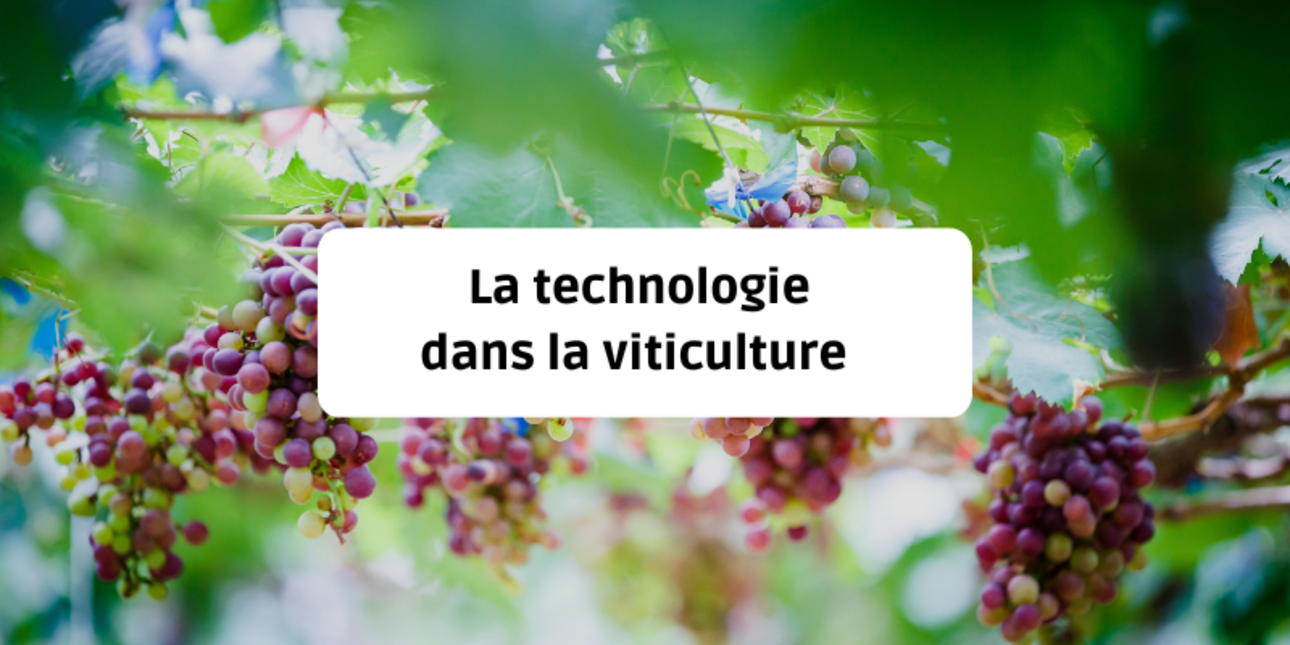
How does innovation improve wine quality and vineyard management?
In 2022, French wines generated export sales of €17.2 billion, according to data from the Fédération des Exportateurs de Vin et Spiritueux de France (FEVS). Given that France is the world's second largest wine producer, the wine sector is following the trend in the emergence and use of new technologies.
The technological revolution in the winegrowing sector, particularly precision viticulture, is based on a number of tools such as drones, robots, sensors, data and geographic information systems (GIS). These innovations offer winegrowers precision monitoring of their vines, enabling real-time data to be collected on the health of the vines, the state of the soil and the environment. This information is then used to adjust farming practices more effectively.
The use of drones, for example, makes it possible to monitor and avoid risks by quickly and accurately mapping the state of the vineyard, detecting problem areas such as diseases or parasites before they spread, and assessing the growth of the vines.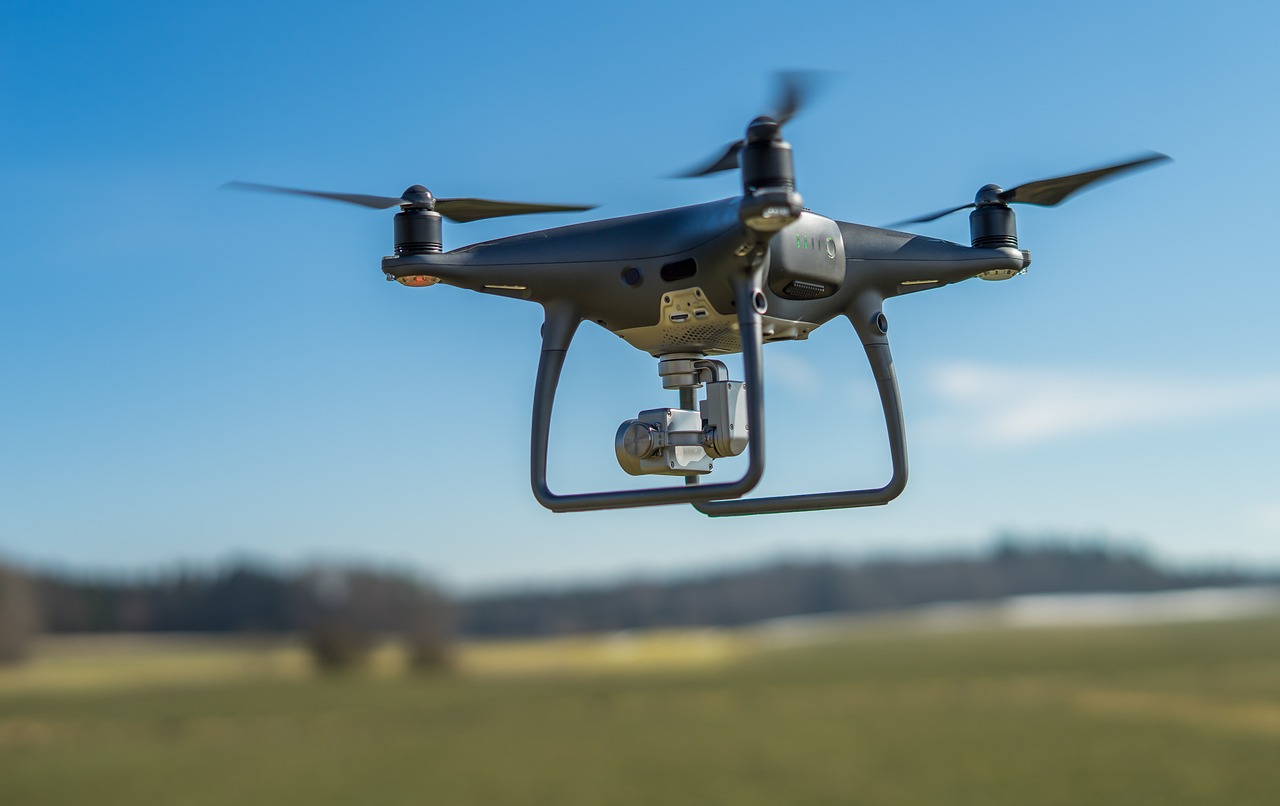
For example, the young company Chouette monitors several hectares of vines using drones and on-board cameras. Artificial intelligence analyses the images using an algorithm to assess the state of health of the vines and make recommendations for treatment.
Specialised robots have been designed to perform specific tasks in vineyards, such as pruning vines, harvesting grapes and pruning. These androids are designed to be precise and efficient, reducing the need for intensive manual labour.
One machine that recently enjoyed huge success at the Agricultural Show was the straddling robot. It is capable of weeding vine rows mechanically and autonomously, thanks to a GPS system. The advantage of this technique is that it offers an environmentally-friendly alternative to herbicides, saving winegrowers precious time by eliminating the need to weed their vines themselves. What's more, it considerably improves their working conditions compared with the previous method, which required exhausting manual labour.
By way of example, Japanese start-up Yanmar has unveiled its autonomous vineyard robot, the YV01, equipped with a suite of advanced technologies. This spraying project takes the hard work out of winegrowing, while improving productivity, profitability and safety. It can navigate the steep slopes and narrow lanes of the vineyard with ease, whatever the weather conditions. What's more, it uses state-of-the-art spraying technology to ensure precise application of aerosol droplets to the vines, reducing environmental impact.
Sensors are placed in the soil or on the plants to provide essential information such as temperature, humidity, soil chemistry, climate, wind and light. This data enables winegrowers to make decisions to improve irrigation, optimise phytosanitary treatments and manage their plots more effectively, all via mobile applications for direct data transmission.
Take the example of the connected weather station from TCSD, called COMSAG MÉTÉO V3. It can be adapted to all needs and all crops, whether to help with decision-making, manage irrigation or even collect and track climatic data.
A geographic information system (GIS) is a system that creates, manages, analyses and maps all types of data, such as a plot of vines.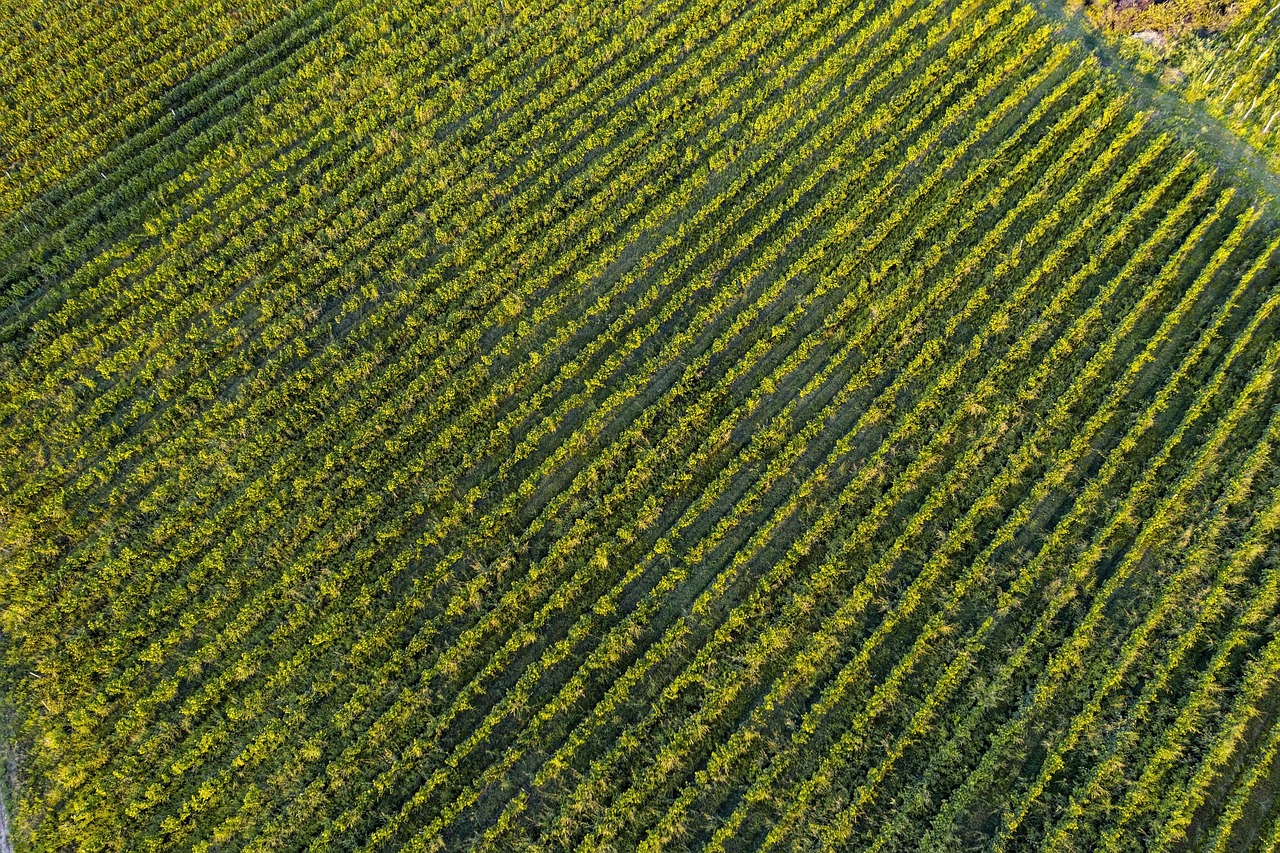 This process links the data to a map, combining location information (where the elements are) with detailed descriptions.
This process links the data to a map, combining location information (where the elements are) with detailed descriptions.
Let's take the example mentioned earlier again. If the sensor maps the vineyard and identifies a specific area requiring a small treatment, this will facilitate detection and targeted intervention in that area, saving expensive products.
Winegrowing has never stopped evolving over the years, whether in terms of robotics or digital technology, with the aim of :
However, these technologies face a major problem: they are expensive, and therefore not accessible to all winegrowers.
Thanks to these advanced technologies, the primary objective is to improve the quality and quantity of harvests, while reducing the consumption of resources such as water, phytopharmaceutical products and energy. These major advances have considerably reduced the use of pesticides and weedkillers. As a result, productivity, sustainability and the quality of the grapes, and consequently the wines produced, have all improved.
For centuries, winemaking has been a subtle blend of tradition, know-how and creativity.
However, in an age of technological advances, a new trend is emerging: intelligent winemaking. This approach combines the traditions of winemakers with cutting-edge technologies to create exceptional wines while stimulating creativity and quality. It relies on a range of technologies that facilitate and optimise each stage of the wine production process, from grape pressing to bottling. In this way, intelligent winemaking not only ensures a high-quality raw material, but also the creation of a range of wines adapted to different markets right from the start of the production process.
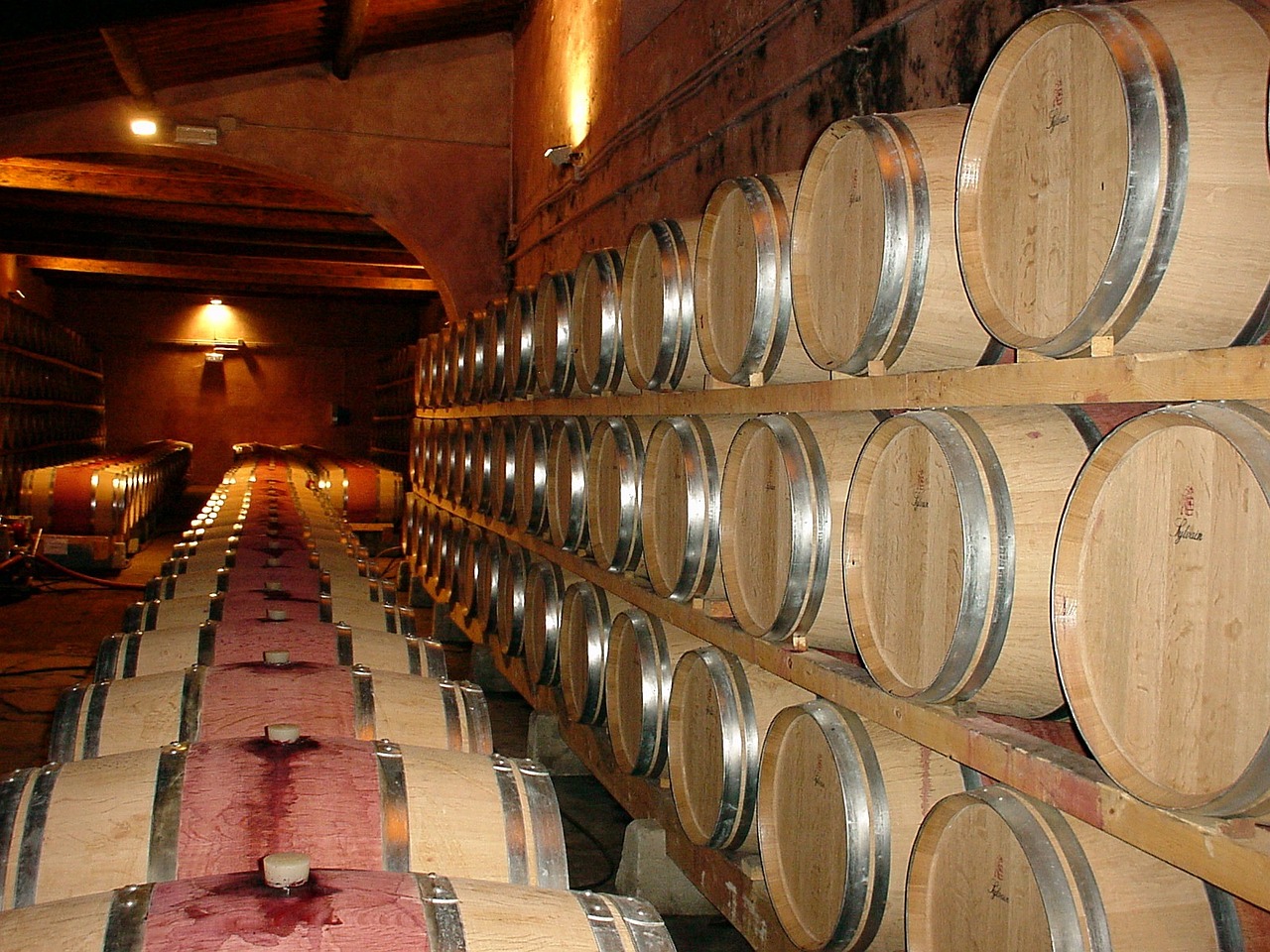 For example, in some cellars, the cellar masters carry out regular monitoring using new technologies such as robots or automated systems. These make it possible to precisely control and select temperature, fermentation, humidity levels and other essential parameters in real time and remotely. They can also accurately anticipate the ideal ripening period for a wine or define the optimum time to market it. This monitoring gives winemakers the ability to react quickly to changes and modify parameters to achieve the desired aromatic profile.
For example, in some cellars, the cellar masters carry out regular monitoring using new technologies such as robots or automated systems. These make it possible to precisely control and select temperature, fermentation, humidity levels and other essential parameters in real time and remotely. They can also accurately anticipate the ideal ripening period for a wine or define the optimum time to market it. This monitoring gives winemakers the ability to react quickly to changes and modify parameters to achieve the desired aromatic profile.
Digital winemaking is not intended to replace the role of winemakers, but to support them in their quest for quality, conservation and innovation. By combining traditional winemaking know-how with technological intelligence, this intermediate approach opens up new opportunities for the world of wine. Wines produced through intelligent winemaking are the result not only of the convergence of the natural elements of the earth, but also of the alliance between human intelligence and the possibilities offered by technology.
Recently, artificial intelligence has gone even further. Two Languedoc wine merchants, Aubert & Mathieu, have created a wine blend to offer the cuvée "The end", using suggestions from the ChatGPT conversational interface. It's an anecdotal approach aimed at creating a buzz (and it worked), but it undoubtedly opens up new possibilities.
Numerous technological advances are also helping to improve energy management and reduce environmental impact. For example, air conditioning, heating and lighting systems in cellars and wine-making facilities can be monitored and managed to reduce their energy consumption. In addition, the integration of renewable energy sources, such as solar panels to power these installations, can also be a solution to consider.
This is the case, for example, with Fermentation Monitoring Systems (FMS), such as Wine Grid, which considerably reduce the need for excessive sampling waste. In addition, there are a host of innovative options, such as the Onafis-B-Evolution connected automatic intelligent bung, which acts as a kind of electrocardiogram for the wine, enabling remote monitoring, control and management of the maturing process, adapting to various types of container.
The emergence of new technologies in wine marketing is the result of a number of factors. Here are some of the technologies and innovative approaches that have been adopted and seen in this field.
This refers to all commercial transactions carried out on the Internet via different digital channels such as computers, smartphones, tablets, etc.
Online wine sales have developed considerably, offering consumers the opportunity to order bottles of wine directly from producers or online retailers, thereby extending the geographical reach of their business and making it more accessible. 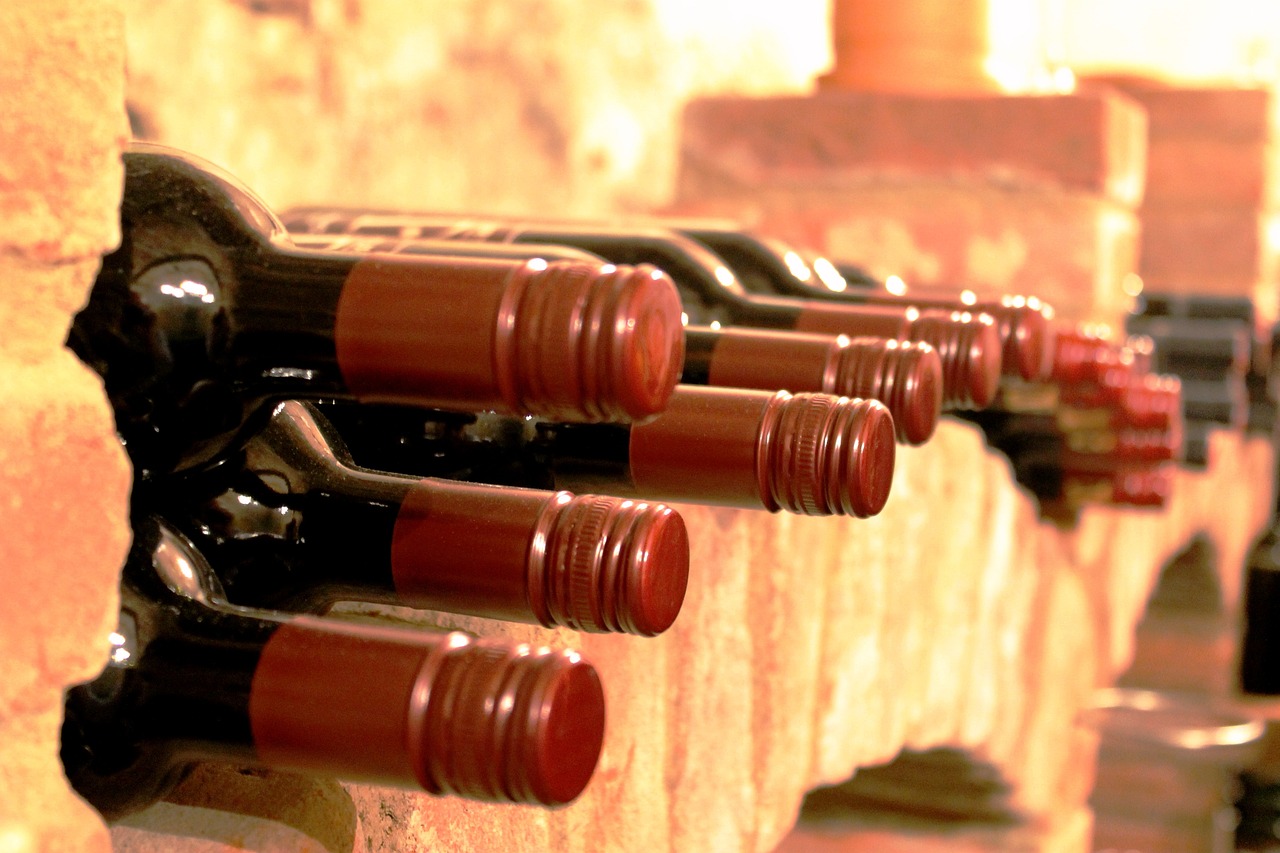
E-commerce has considerably simplified access to rare wines and grands crus classés for both professionals and private individuals.
Indeed, a modern application such as Alfred targets wine lovers by offering a virtual sommelier as well as various features for wine enthusiasts. Its aim is to help users discover the ideal time to taste their wines, locate bottles, rate their tastings, buy or sell wines from large cellars, and assess the value of their collection. As a rare wine shop, Alfred makes it easy to buy wines that can't be found elsewhere by putting cellar owners and winemakers in touch with each other, with a one-year guarantee on online purchases.
There are also a number of initiatives offering alternatives to direct sales by distributors. For example, Les Grappes is an online sales site specially designed to connect over 1,000 winegrowers directly with end customers. This concept reflects the desire to promote and embrace short distribution channels and transparency, a trend that can be found throughout the agri-food industry.
Some wine companies are using this technology. Blockchain enables the supply and distribution chain to be monitored for stock levels. It also guarantees the quality and authenticity of the bottles purchased, as well as ensuring the traceability and provenance of the wines.
By way of example, an application such as Winedex.io is a tool for combating the counterfeiting of fine wines and increasing their traceability. All the bottles are fitted with an RFID TAG that guarantees the link between the bottle of wine and the information contained in the blockchain.
 Advances in social media, such as Facebook, Instagram and Twitter, are popular platforms for promoting wine. Wine producers and enthusiasts are using these channels through virtual reality to gain visibility, share reviews, experiences, photos, stories and news about wines, and interact directly with consumers via online platforms and mobile applications. But be careful to comply with the Evin Law, which restricts alcohol advertising on social networks in France, and applies to anyone producing content featuring a bottle of alcohol or an alcoholic drink. As such, the published publication must have in the subject content a health message stating that "alcohol abuse is dangerous for your health."
Advances in social media, such as Facebook, Instagram and Twitter, are popular platforms for promoting wine. Wine producers and enthusiasts are using these channels through virtual reality to gain visibility, share reviews, experiences, photos, stories and news about wines, and interact directly with consumers via online platforms and mobile applications. But be careful to comply with the Evin Law, which restricts alcohol advertising on social networks in France, and applies to anyone producing content featuring a bottle of alcohol or an alcoholic drink. As such, the published publication must have in the subject content a health message stating that "alcohol abuse is dangerous for your health."
Technological advances are having a considerable influence on the wine industry, opening up new prospects for enhancing wine quality and optimising production processes.
Whether you're looking to invest or simply enjoy an excellent vintage, it's essential to keep up with the changing world of wine and the advances that are reshaping it.
Despite this, these technologies remain expensive for many winemakers, but their evolution promises a significant reduction in costs, making these innovations accessible to a greater number of them.
In this way, technology has strengthened the wine industry by making it more sustainable, innovative and accessible.